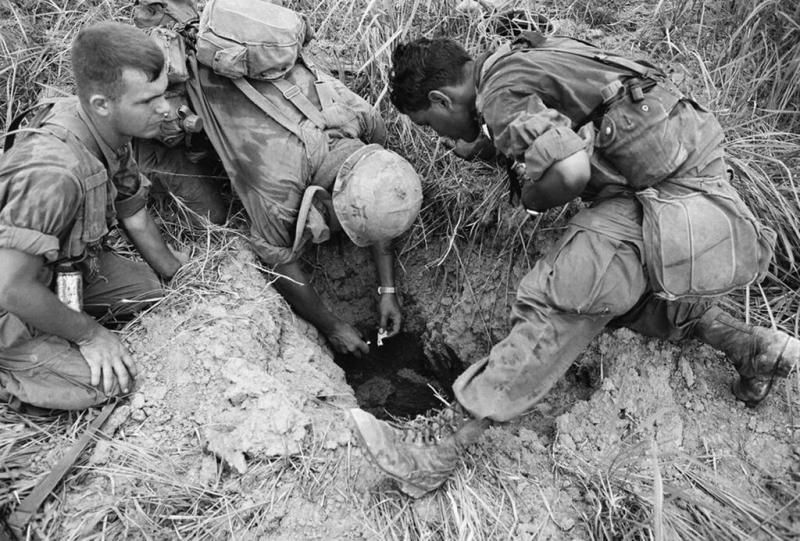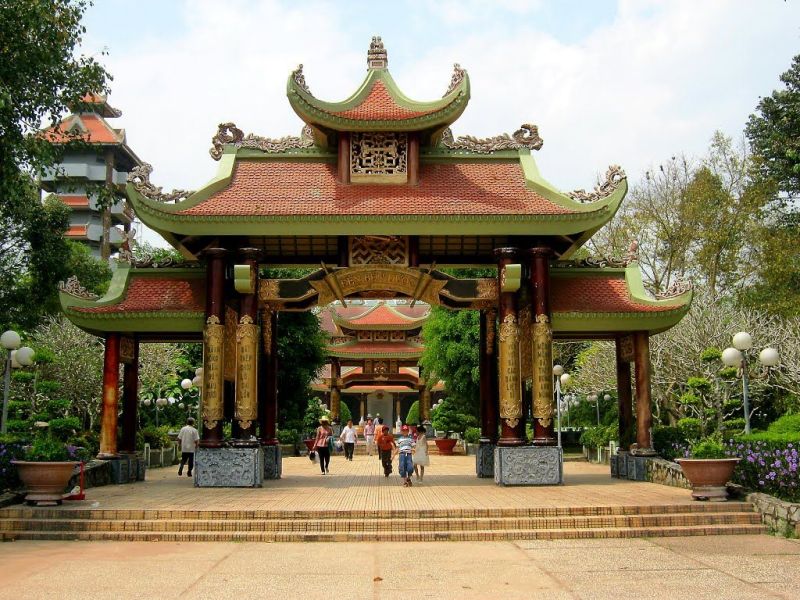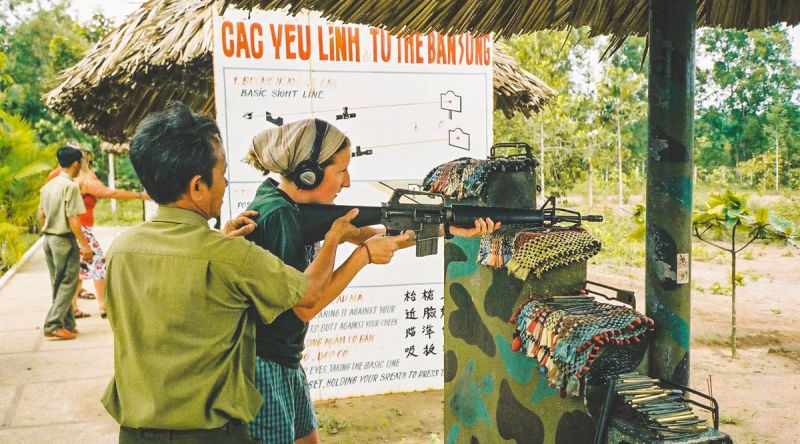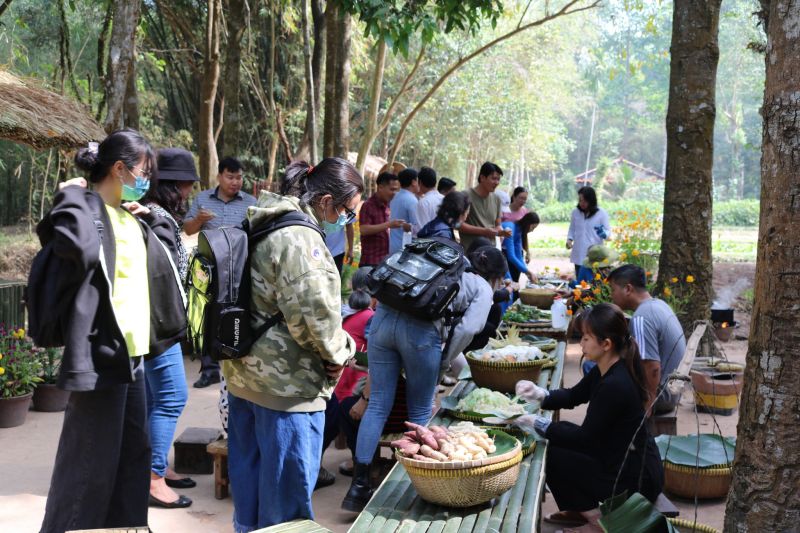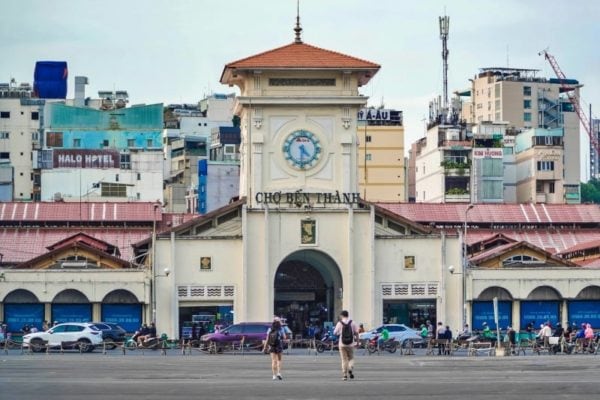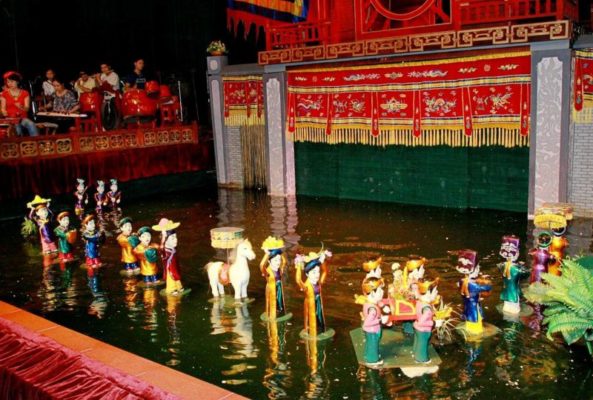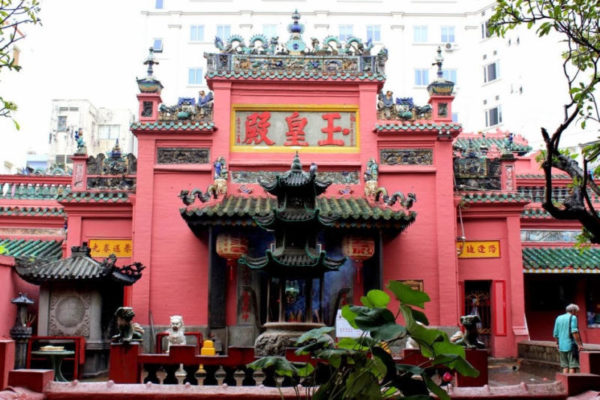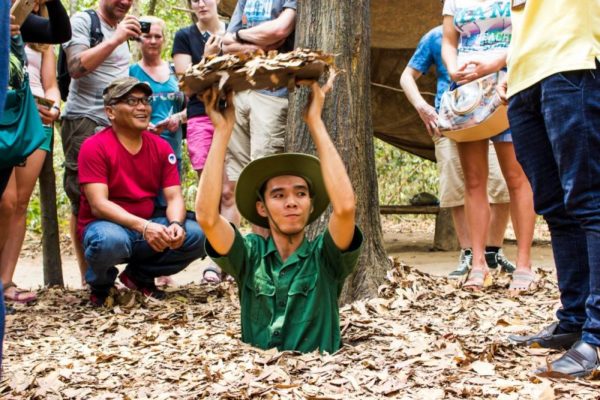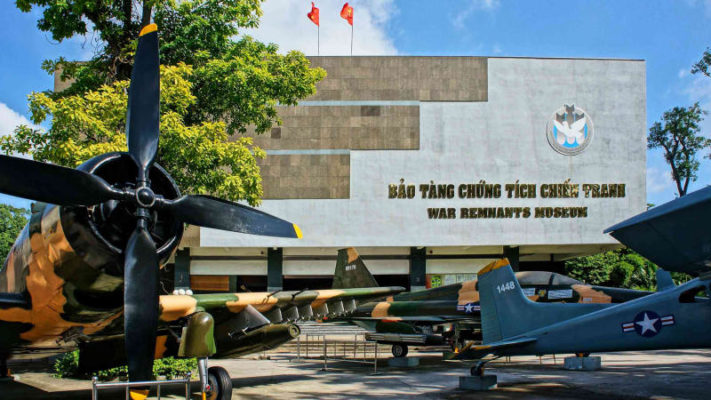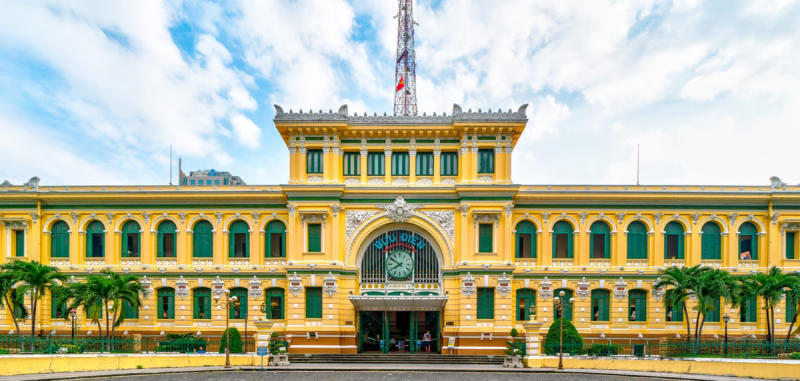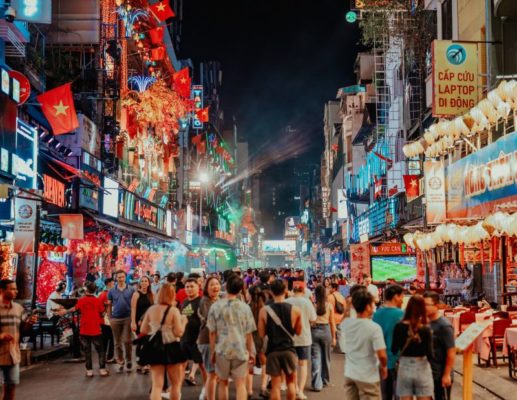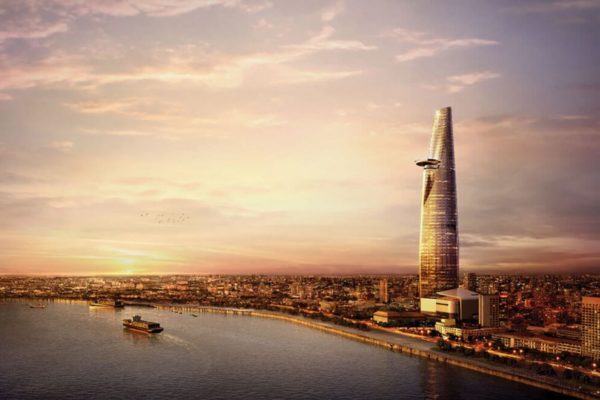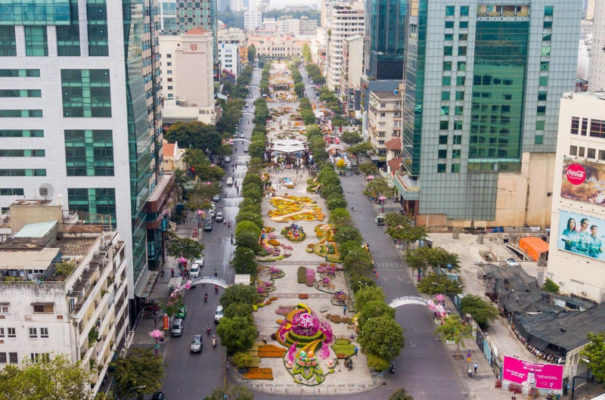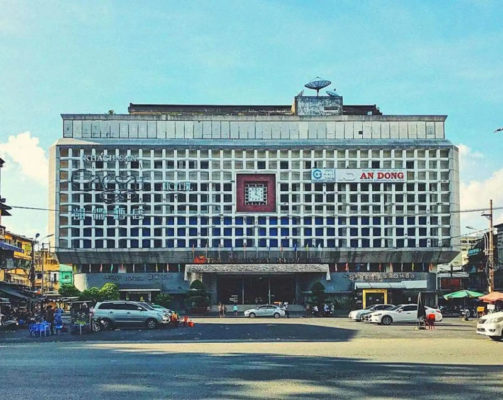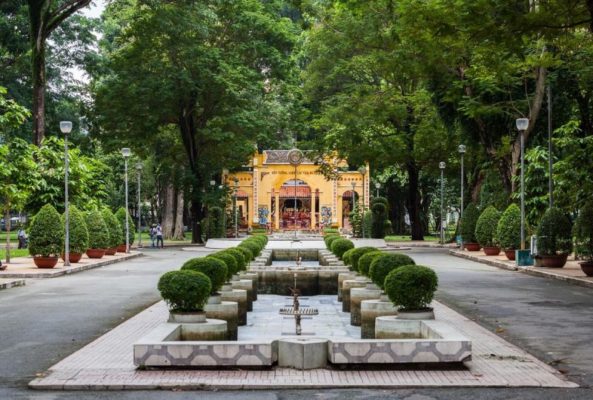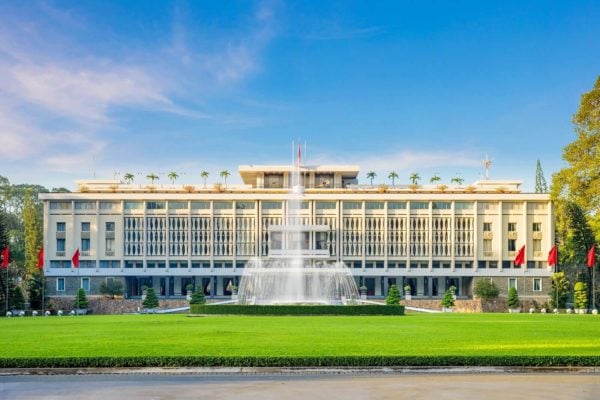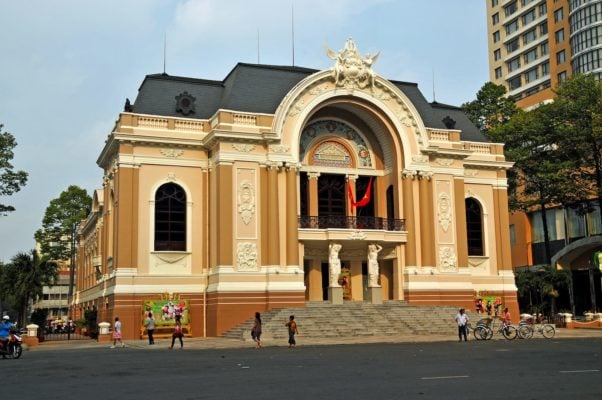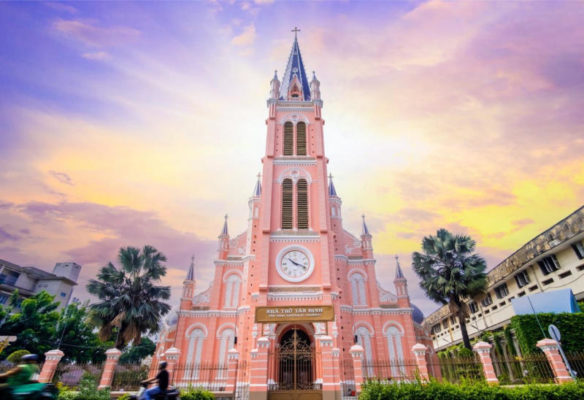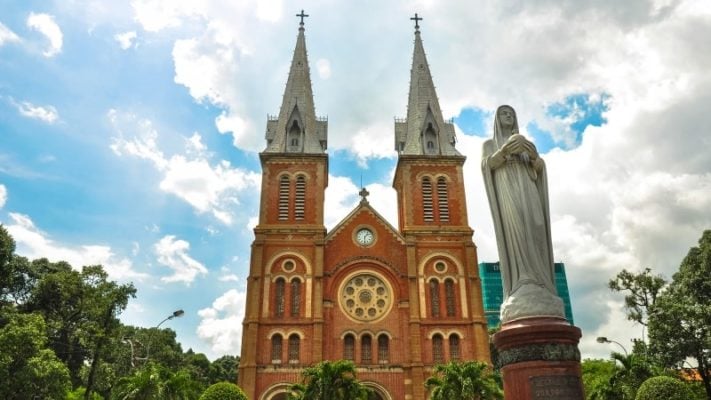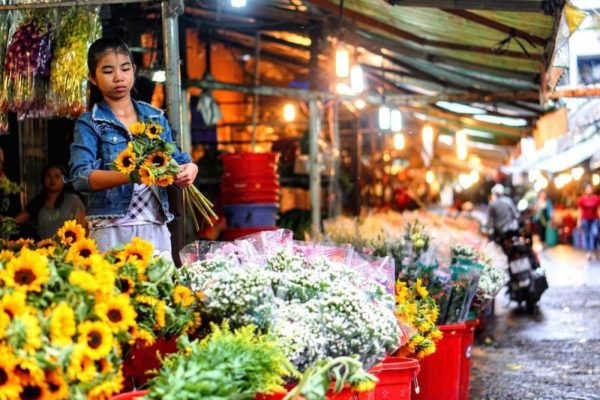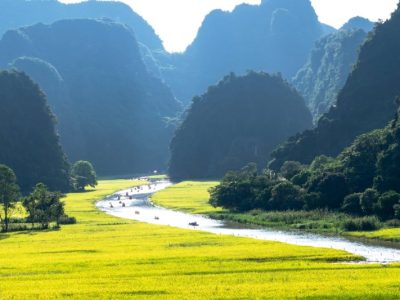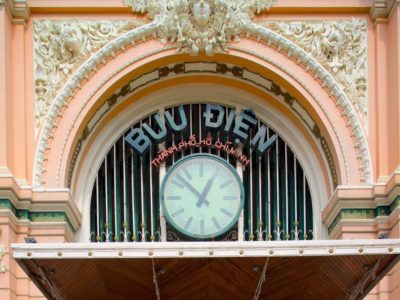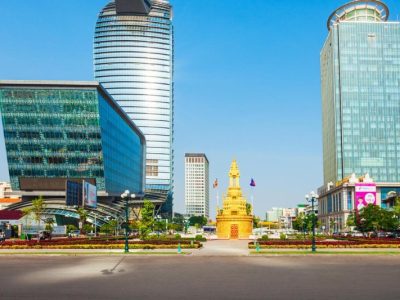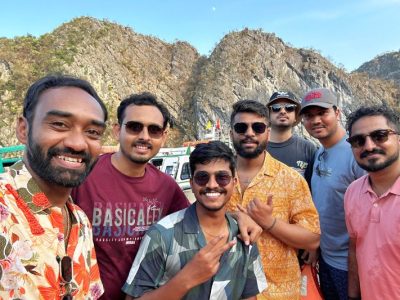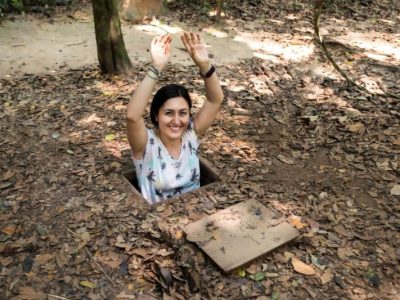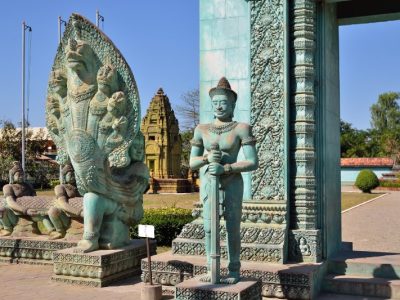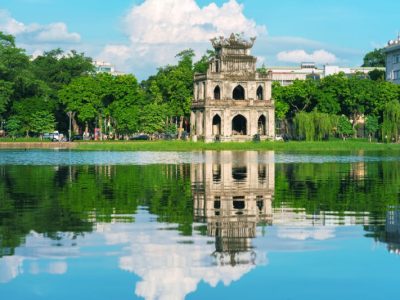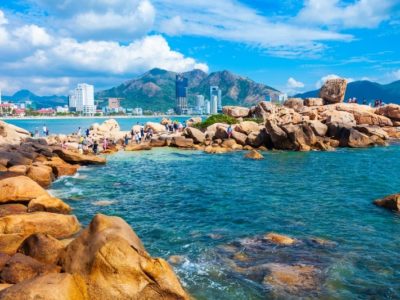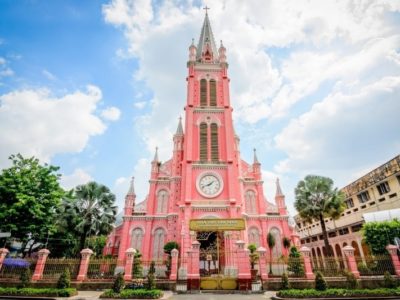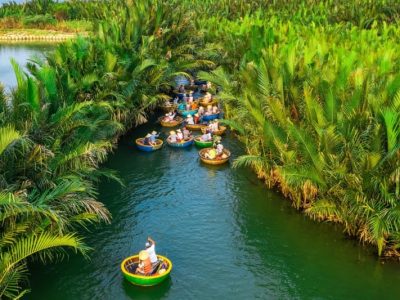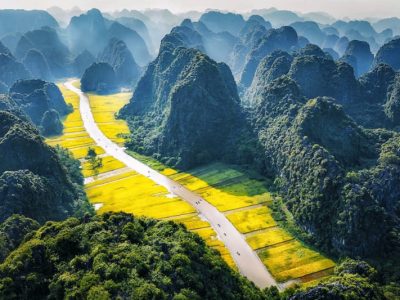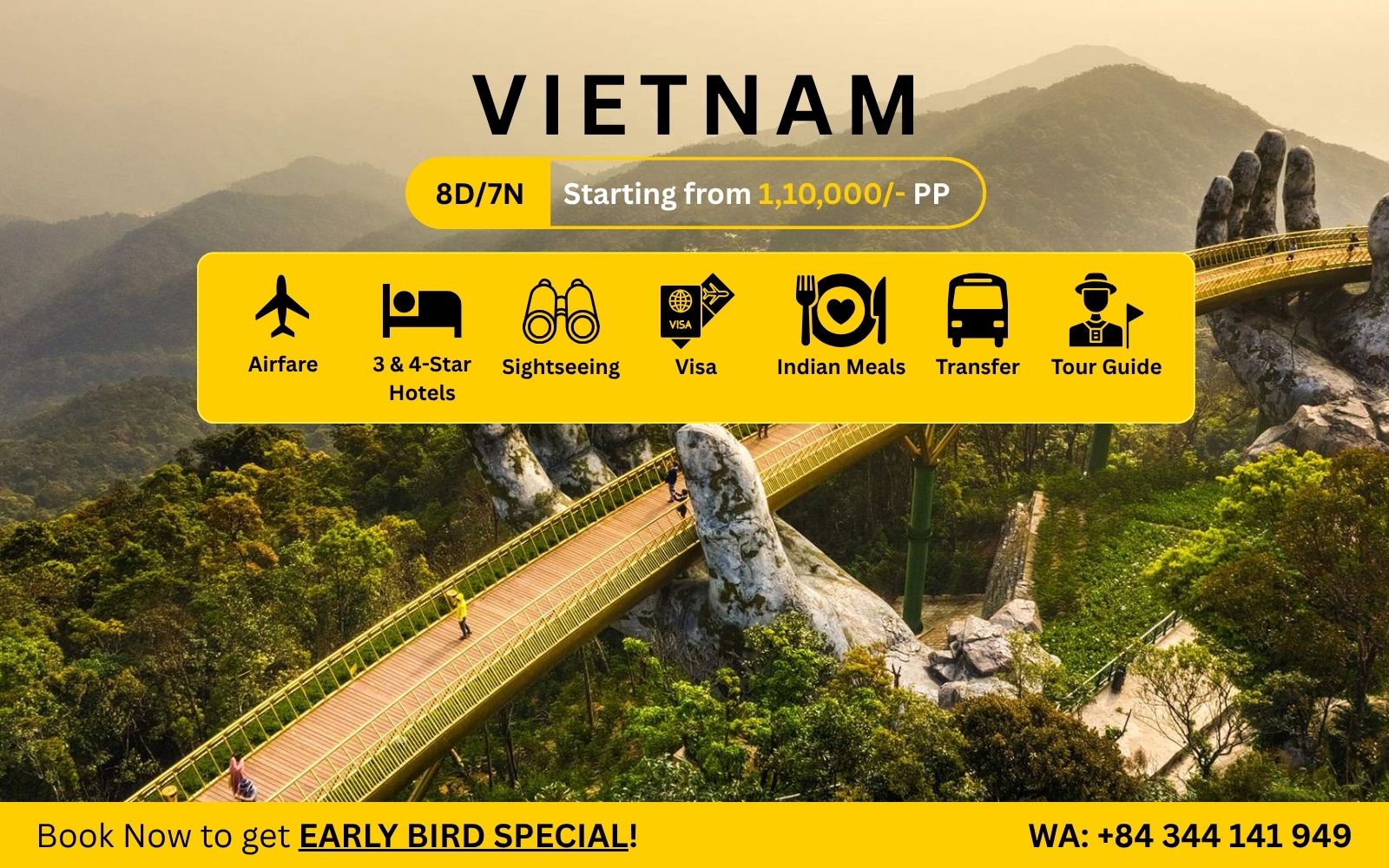Cu Chi Tunnels are the largest underground tunnels in Vietnam, offering you 2 main tunnels namely Ben Duoc and Ben Dinh. When visiting these tunnels, you will first enjoy historical insights into the Vietnamese soldiers’ lives in the war, as well as discover the beauty of massive caves here.
In our blog, Vietnamtour.in will introduce the best attractions and show a full guide for your Cu Chi Tunnels trip. Right now, let’s start your exploration with us below!
History Context Of Cu Chi Tunnels
Cu Chi Tunnels were built during the war, playing an important role in protecting Vietnamese revolutionary troops against the attacks of the French colonialists. In other words, the tunnels of Cu Chi used to be the official headquarters of Communist guerrillas. That’s why this spot has attracted millions of tourists annually for unique and interesting experiences about Vietnamese history.
The Cu Chi Tunnels date back to 1948, starting from the two communes of Tan Phu Trung and Phuoc Vinh An. Initially, this area was merely a place to store documents, and weapons, and provide shelter for some officers operating in the enemy’s rear. Later, it expanded to many other communes.
From 1961 to 1965, the guerrilla warfare of the people in Cu Chi developed strongly, causing significant losses to the enemy and contributing to the defeat of the U.S. “special warfare” strategy. The six northern communes of Cu Chi district completed the “backbone” tunnel. Subsequently, various agencies and units developed branch tunnels connected to the “backbone” tunnel, creating an interconnected tunnel system.
The Cu Chi Tunnels developed most significantly in early 1966. This was during the period of resistance against the U.S. imperialist invasion of Vietnam. Nowadays, the Cu Chi Tunnels are preserved and developed into an important historical site, consisting of two main areas: Ben Duoc and Ben Dinh.
Impressive Architecture Inside The Tunnels Of Cu Chi
Multi-level network of tunnels
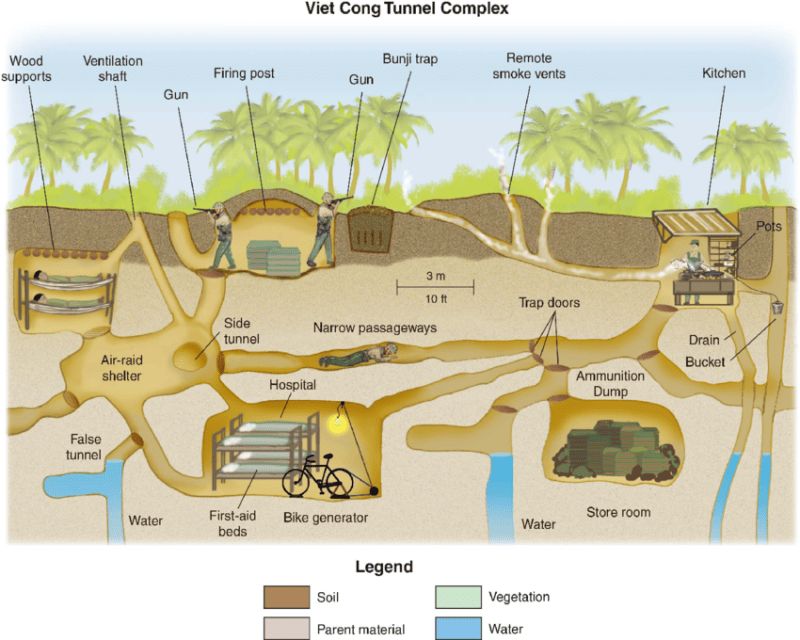
The Tunnels of Cu Chi were constructed to span multiple depths. Basically, the underground system includes 3 main levels, which are all extended to the Saigon River.
- The first level: It is located 3 meters under the ground, designed to withstand armored vehicles, bullets, chemical warfare, and tanks from the enemy.
- The second level: It is 6 meters deeper, and used to confront heavy bombings.
- The third level: It is the deepest level over 12 meters under the ground, known as the strongest protection layer for Vietnamese soldiers.
Booby Traps
On the ground, there were plenty of booby traps designed to deceive unsuspecting enemies pervading the area of Cu Chi Tunnels. These traps were also one of the unique and innovative army engineering, making the French and Allied soldiers scared about the Vietnam Revolution.
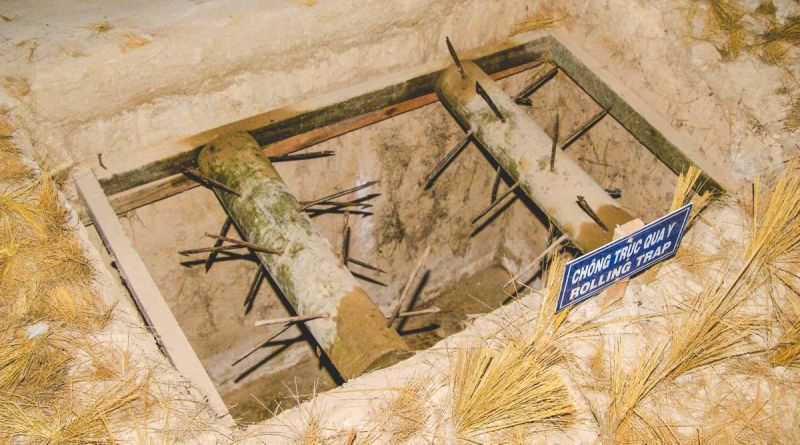
Secret Entrances
Tunnel entrances were narrow and discreet, with wooden manholes camouflaged perfectly with the environment’s surface. It used to be a challenge to come to the inside parts of the Tunnels of Cu Chi through these entrances.
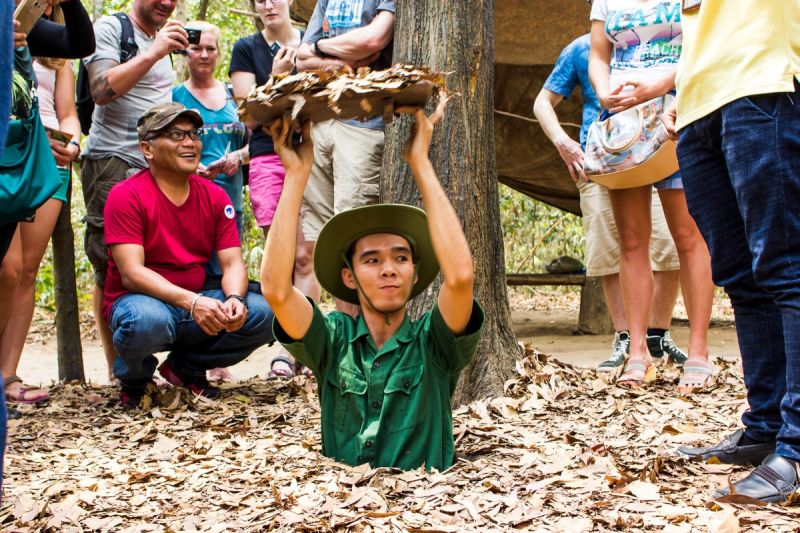
Location
Cu Chi Tunnels are located in TL15, Phu Hiep, Cu Chi District, which is around 70 kilometers away from the center of Ho Chi Minh City. You can visit 2 well-retained destinations here, including:
- Ben Duoc Tunnels: Phu Hiep Hamlet, Phu My Hung Commune
- Ben Dinh Tunnels: Ben Dinh Hamlet, Nhuan Duc Commune
Opening Hours And Entrance Fee
- Opening Timings: 07:00 AM to 05:00 PM
- Cu Chi tunnels entry fee for foreigners is $2,79/pax. Military liberation zone’s reenactment areas entry fee is $1.59/pax
How To Get There
- By bus: Take bus number No.13, No.94, No.79, or No.63 from Ben Thanh bus station/ 23-9 Park to easily move (estimated 2.5 hours, with 1 USD/pax). From Cu Chi station, you take bus number 79 (Cu Chi – Dau Tieng) to reach the Ben Duoc tunnels. Or, you can transfer to bus number 122 (An Suong – Tan Quy) to reach Tan Quy station, then take bus number 70 (Tan Quy – Ben Suc) to get to the Ben Dinh tunnels.
- By taxi: Book any taxi/Grab car to arrive at the tunnels at around 1.5 hours. There are some famous ride-hailing apps in Vietnam like Grab, Be, Gojek, Xanh SM.
- By motorbike: Rent a bike, then head to the Northwest area of the city on National Road 15. Or else, take a Grab/Be service to restrict getting lost.
- By boat/canoe: Reach Cu Chi Tunnels by boat in 75 minutes, starting from 7.30 AM, at Tan Cang pier on the Saigon River.
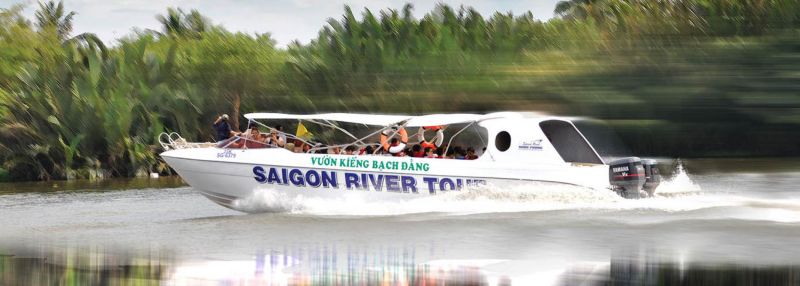
Things To Do At Cu Chi Tunnels
Explore Inside The Cu Chi Tunnel Complex (Ben Dinh/Ben Duoc)
The Ben Dinh Tunnels typically attract more tourists than the Ben Duoc area because of their closer proximity to the city center, easier access to the tunnels, and the variety of activities available for you to explore.
In this spot, travelers admire the beauty of the man-made underground city of the Vietnamese Military during wartime. It covers most of the necessary facilities to serve soldiers, such as kitchens, armories, small hospitals, command centers, and so forth.
You can experience what it is like to be a soldier by crawling through the underground tunnels. This gives them a glimpse into how the soldiers and civilians lived and prepared for the resistance.
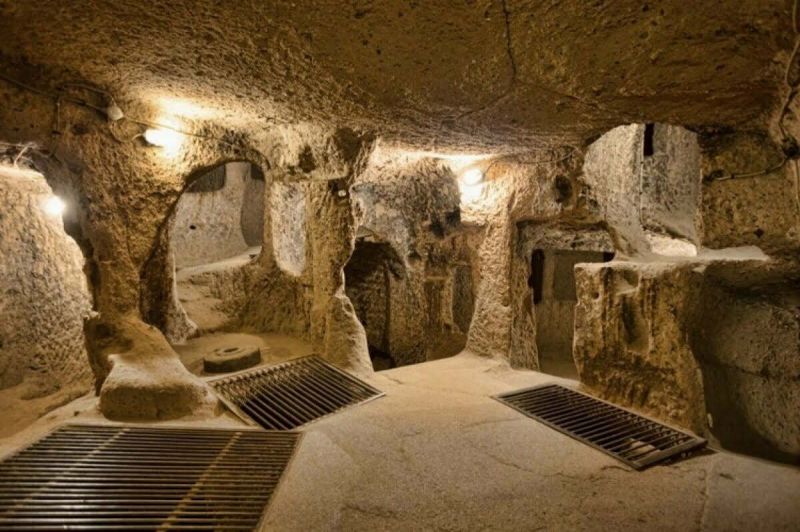
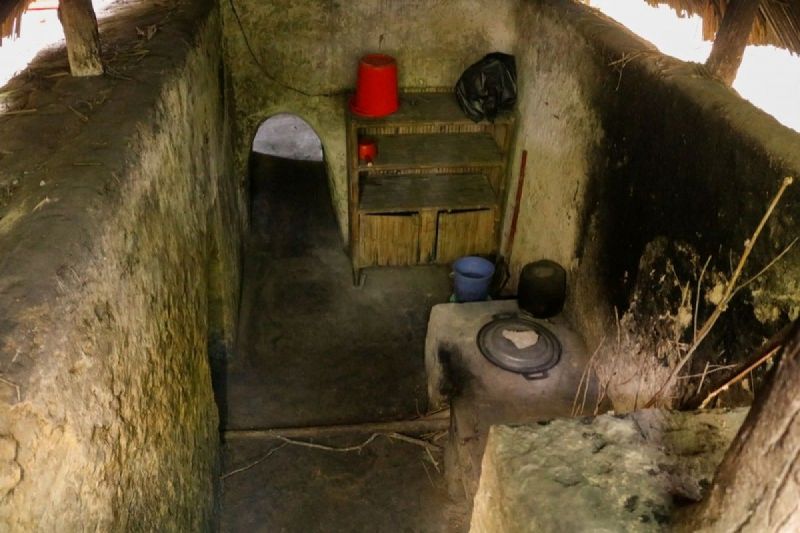
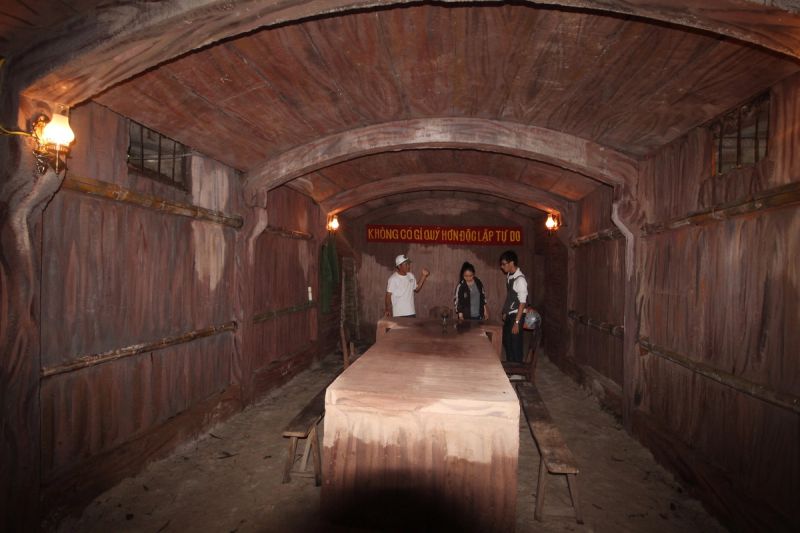
Visit Ben Duoc Memorial Temple
Ben Duoc Temple belongs to one of the valuable historical landmarks in the Cu Chi Tunnels, which was built to honor fallen Vietnamese soldiers in the wars. In terms of feng shui, the temple is situated on a beautiful piece of land in the Cu Chi region. It is currently the largest memorial temple in Vietnam.
The architecture reflects the style of ancient Vietnamese temples. The shrine is arranged in a U-shape, with the center featuring a solemn altar dedicated to the nation, designed in the traditional Vietnamese communal house style. In the middle stands a statue of President Ho Chi Minh.
Back in time with the Military Liberation Zone’s reenactment areas
These spots capture the period of the Vietnamese war from 1961 to 1972, bringing lively experiences of locals in the past. The Cu Chi Liberation Zone reenactment area is divided into several spaces:
- Space 1 (the period of Special Warfare from 1961 to 1964): Space showcases the lives of people in the newly liberated zone. Travellers would have a chance to live the old life of people and soldiers here.
- Space 2 (the period of Localized Warfare from 1965 to 1968): This space is the most intense time with attacks by the enemy. Here, you can witness the devastated village landscape and the suffering lives of the people during the war.
- Space 3 (the “white zone” of Cu Chi from 1969 to 1972): This zone depicts the peak of the war’s ferocity. This area portrays the transformation of Cu Chi into a free-fire zone under heavy enemy bombardment.
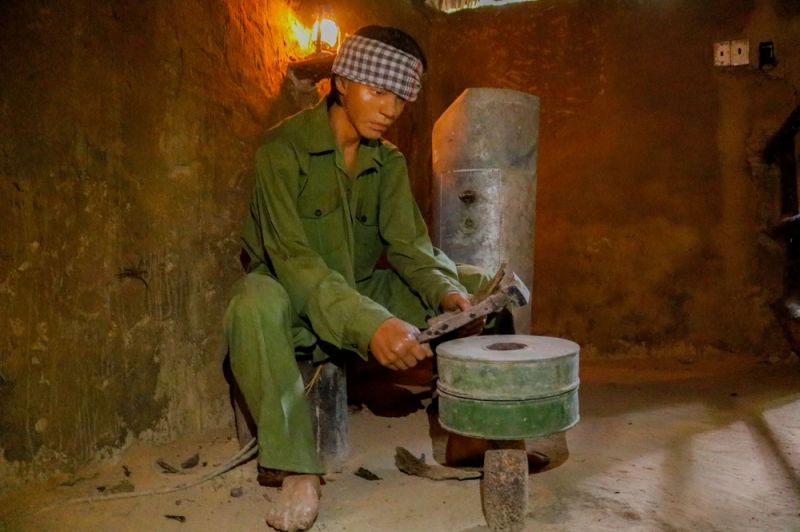
Embody a soldier in Shooting ranges
There is a large lake right in the center of the area. On the lake’s surface, there are various water-based activities like obstacle courses, water biking, and water bridges. These games attract a lot of visitors, particularly energetic young people.
From Bien Dong lake, you can move to the live ammunition shooting range. Here, participants can experience shooting an AK-47 with real bullets. Each shot costs about 2 USD. You can also join to handle special weapons and relevant tools in wartime, like guns, masks, armor, and uniforms.
Indulge in the natural environment at Cu Chi Wildlife Rescue Station
It is a special area, used to protect plenty of species of rare animals in the Southern regions of Vietnam. After recovering their health, rare animals are released back into the wild.
Since 2007, the station has rescued and cared for more than 5,500 individuals from dozens of rare and endangered wildlife species. When coming here, you will hear touching and fascinating stories about each individual wild animal.
Hand-pick fresh fruits at Cu Chi Garden
If you come to see the Cu Chi Tunnels in the summer, they should visit the fruit garden in Trung An Commune. Here, a variety of delicious fruits such as mangosteen, rambutan, jackfruit, and plums are gathered. The garden offers a cool and fresh atmosphere, making it an ideal choice for travelers with their families.

Enjoy special local dishes
Cu Chi offers you various pleasant favors from local dishes, such as fresh tapioca; Minh Quy pork noodles; or durian sugarcane juice.
The most famous dish in Cu Chi is cassava. During the war, when food was scarce, the people of Cu Chi had to boil cassava to get by. After being steamed, the cassava is mixed with rich, fragrant coconut milk. The chewiness of the cassava combined with the creaminess of the coconut milk is sure to captivate anyone!
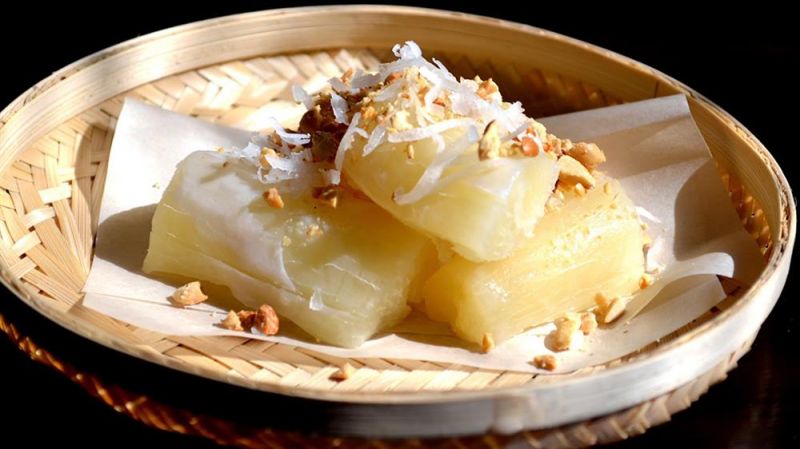
Useful Tips
To help you have a wonderful experience in the Tunnels of Cu Chi, we will suggest some useful tips below:
- Prepare some cash for additional activities during your exploration.
- Here, you can find special souvenirs made from bullet shells: lighters, pens, etc., or handmade bamboo and rattan products.
- The tunnel inside the site is very small, dark, hot, and lacks air, so be careful, send off some of your luggage.
- Follow the instructions of the management or the tour guide at the site to ensure safety.
- You should avoid visiting during the rainy season; the ideal time is from May to December.
- Don’t miss the signature dishes: boiled cassava, Cu Chi beef, durian, various sweet soups, etc.
- When visiting the tunnel, you should wear neat, dark-colored clothes and sneakers for ease of movement.
- The tunnel is dark and full of mosquitoes, so you should prepare a tube of insect repellent.
- Go with a local guide to learn fully about historical values (contact Vietnamtour.in)
Conclusion
Our blog has just reviewed the Cu Chi Tunnels in detail, with outstanding features and a full guide for visitors’ movement. We believe that these tunnels will bring a wonderful experience during your time in Ho Chi Minh City. Let’s refer to our things to do in Ho Chi Minh City to get better suggestions for your trip to Vietnam.
OTHER ATTRACTIONS IN HO CHI MINH CITY
ITINERARIES WITH CU CHI TUNNELS

